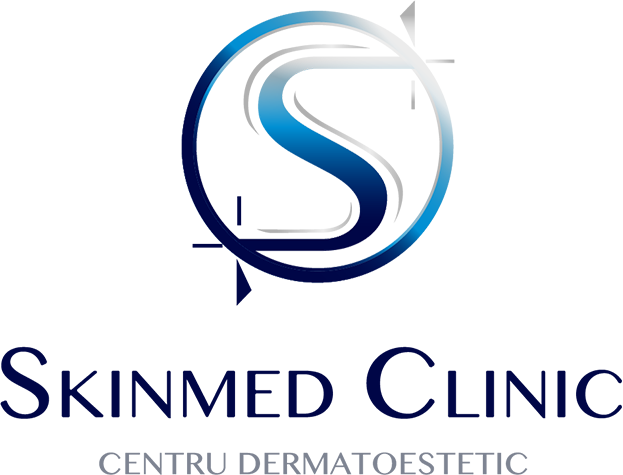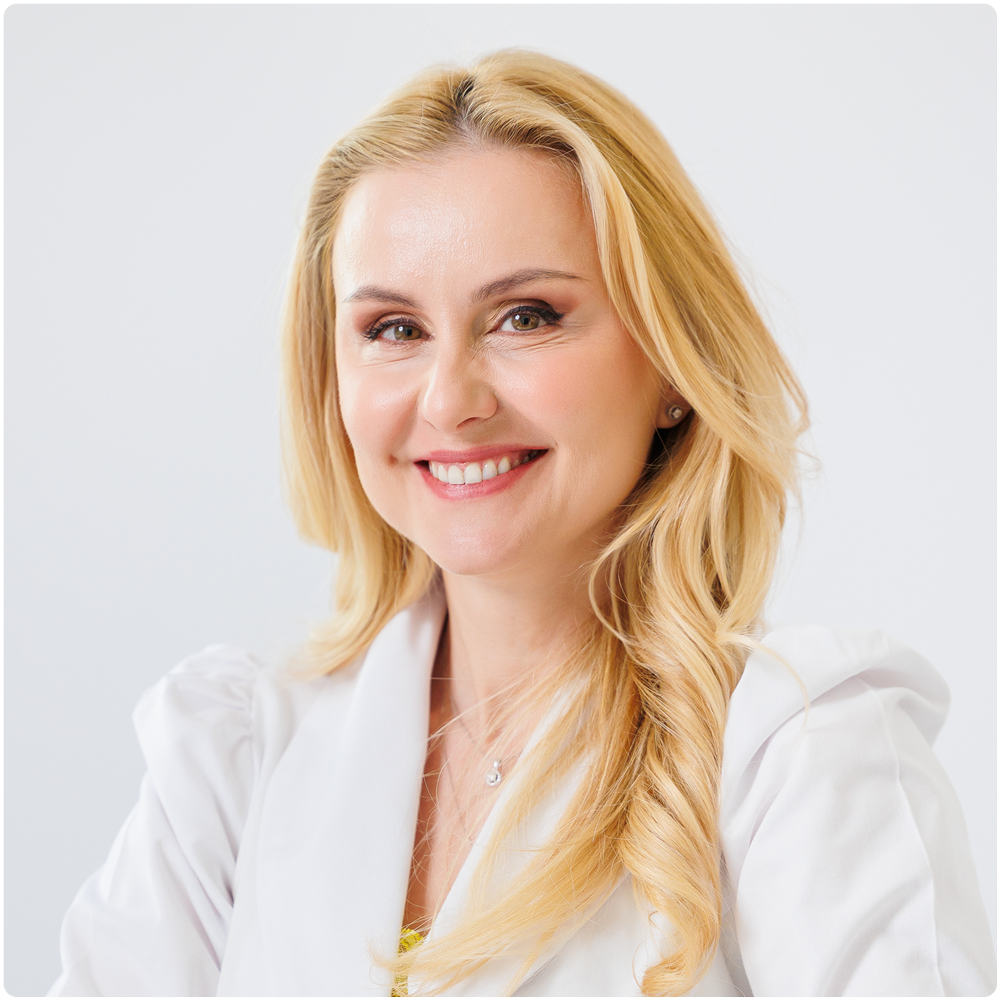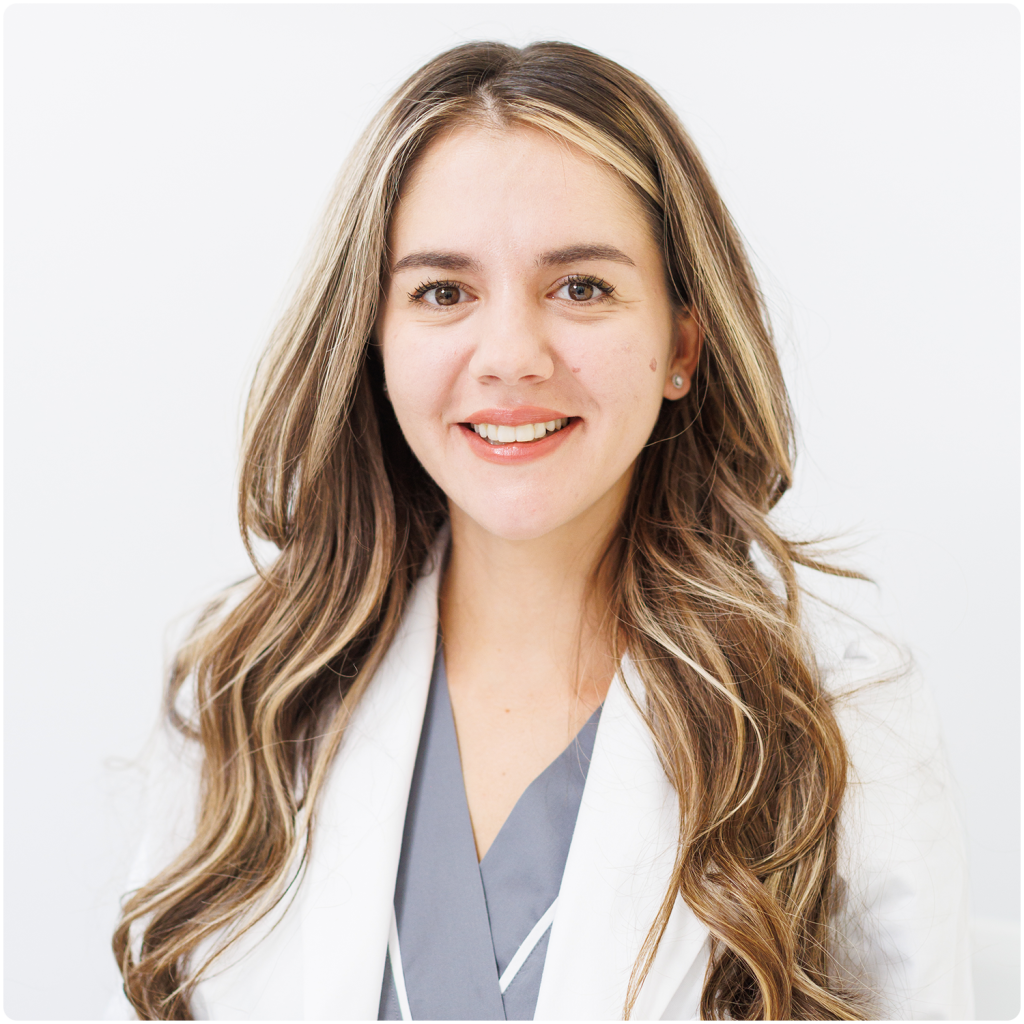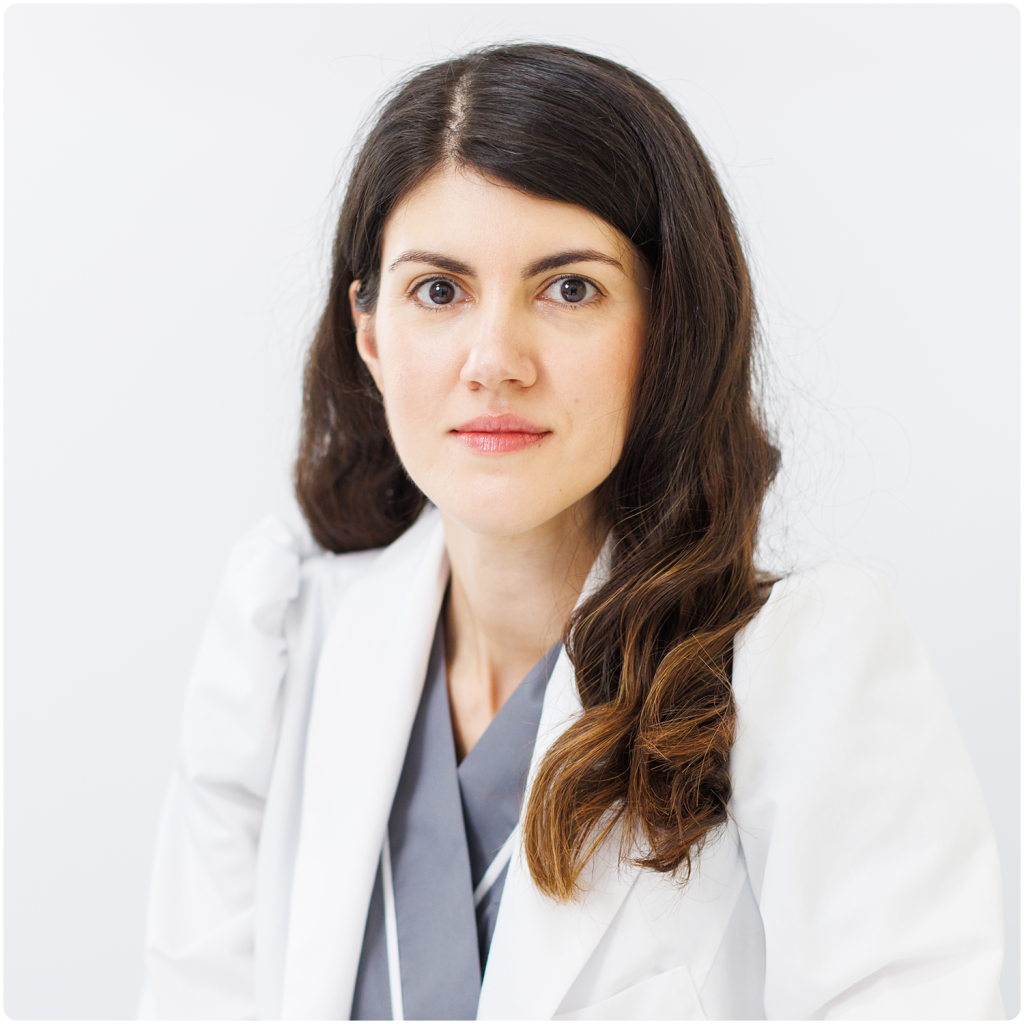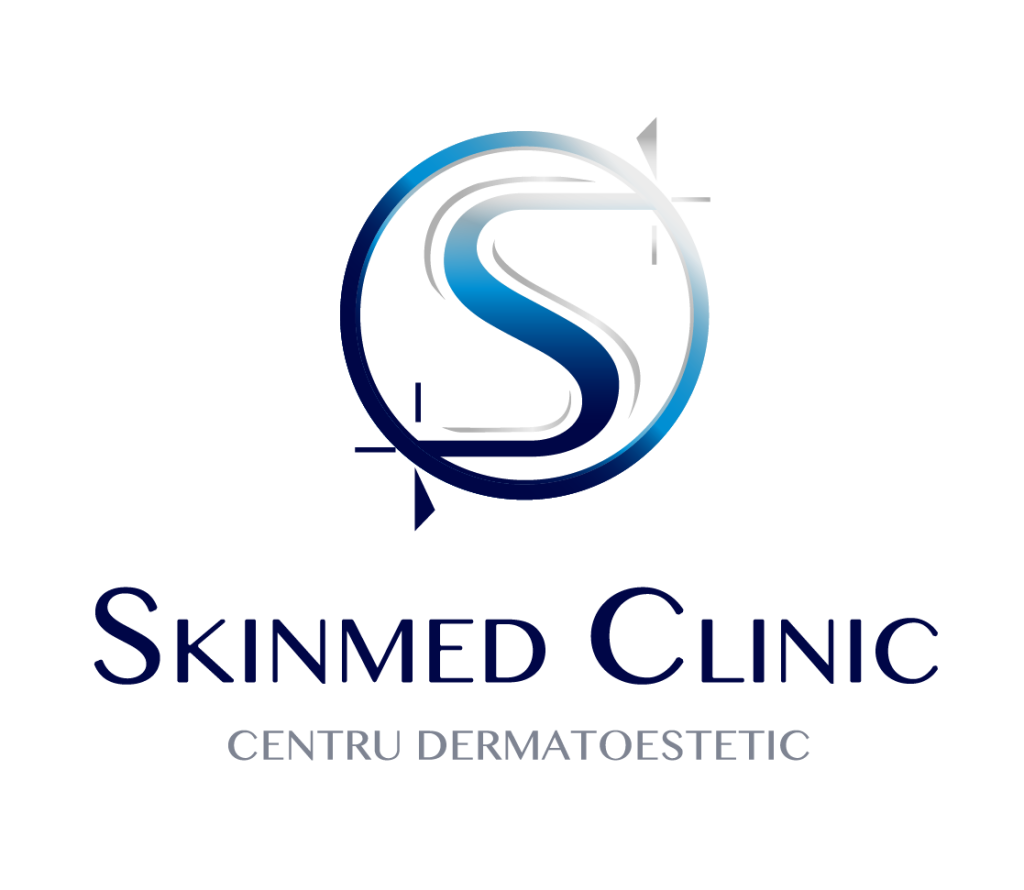Harmonious features and rejuvenated appearance? A SKINMED® success story!
Who are we talking to?
Cheekbone augmentation and jawline correction with hyaluronic acid are indicated for people who want restored or optimised facial proportions, symmetrical features and a rejuvenating effect on the face.
Why choose SKINMED® experts in non-surgical facelift?
In our team, you will find specialist doctors with extensive experience in dermatology, excellent knowledge of injection techniques and the principles of body aesthetics. Our experts combine state-of-the-art medical equipment and products for results you'll be completely satisfied with.
For example, for hyaluronic acid injections, we have chosen what is best for you, namely the range Juvedermwhich facilitates a full range of therapies, both for volumising and for other skin problems (wrinkle correction, skin rejuvenation effects, lip volumisation, etc.).
In the case of facial sculpting, we use products Juvederm Voluma and Juvederm Voluxdedicated to this type of procedure for the natural and long-lasting results it provides.
The benefits of non-surgical facelift in SKINMED®
How is a non-surgical facelift (face sculpting) performed?
Facial volumisation with facial oval reshaping is an important concern at the moment. With advancing age all structures, from the integument to the bony region of the face, suffer, marked by a descent towards the lower region and the creation of the inverted triangle (with the base in the lower part), giving the "sagging" appearance of the face.
Using cross-linked and/or non-cross-linked hyaluronic acid therapies we can help restore facial appearance in areas such as cheekbones, lower zygomatic area, mandibular area, chin.
In the cheekbones, hyaluronic acid is placed in the deep, submuscular, periosteal areas. The type of hyaluronic acid used for cheekbones is Juvederm Volumea, a type of hyaluronic acid with the right density for these areas and which does not create unevenness or other skin problems. This procedure has a lifting effect and also leads to the fading of nasolabial wrinkles. For the jaw area, we use Juvederm Volux or Juvederm Voluma, depending on the degree of laxity and the needs of each patient.
What are the steps in this procedure?
The doctor assesses the patient in terms of anatomical features, skin type and desired outcome.
An anaesthetic cream with a strong numbing effect is applied to the area.
Hyaluronic acid is injected by needle or cannula.
Doctors EXPERT in non-surgical facelift
In SKINMED®, you will find highly experienced medical specialists working with the latest results of medical research on prevention and treatment, using state-of-the-art medical equipment and products. We look forward to meeting our doctors for a treatment tailored to your needs!
Hyaluronic acid and SKINMED professionalism®, so that youth may endure into old age!
Advantages SKINMED®
Experience
- More than 10000 patients treated in the clinic
Credits
- Allergan National Accredited Trainer
Safety
- We only use original Juvederm Allergan products
Other treatments you might be interested in
Frequently asked questions
How long do the effects of cheekbone volumisation and jawline correction therapy last?
The shelf life of this product is up to 24 months, at which point a new intervention is required.
What are the risks of this procedure?
The risks of hyaluronic acid injection to the cheekbones and jawline are rare and minimal: bruising/haematomas.
Is this procedure painful?
The pain is minimal, easy to bear. An anaesthetic cream is applied before the procedure and the injection products Juvederm contain lidocaine, in turn, for added comfort of the procedure.
What are the contraindications of this procedure?
Contraindications include: various neoplasms, pregnancy and breastfeeding. This is why the consultation is a compulsory stage, during which the patient fills in the medical record and signs the consent form.
